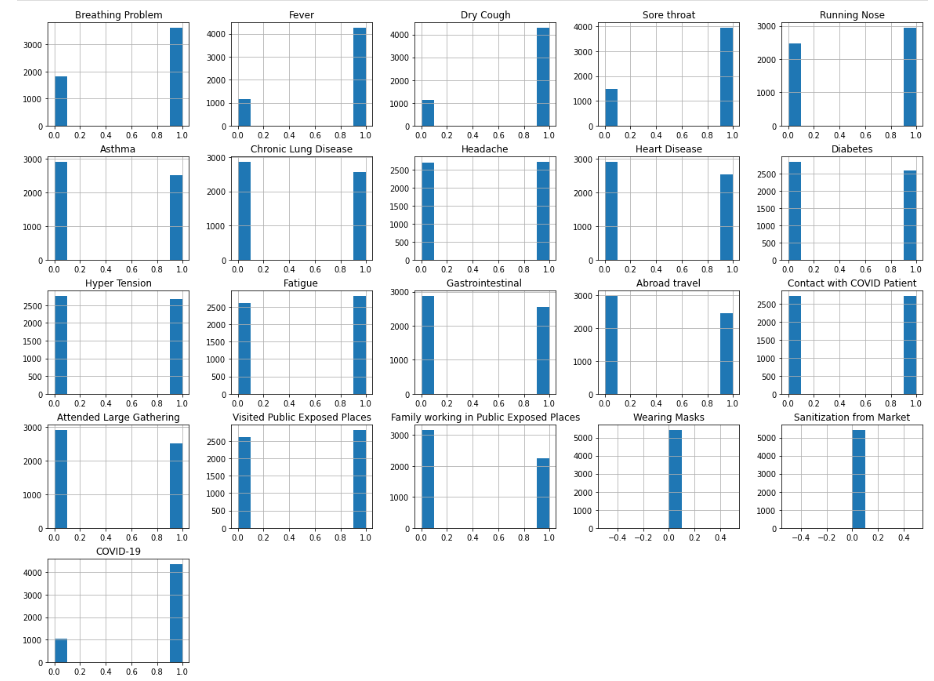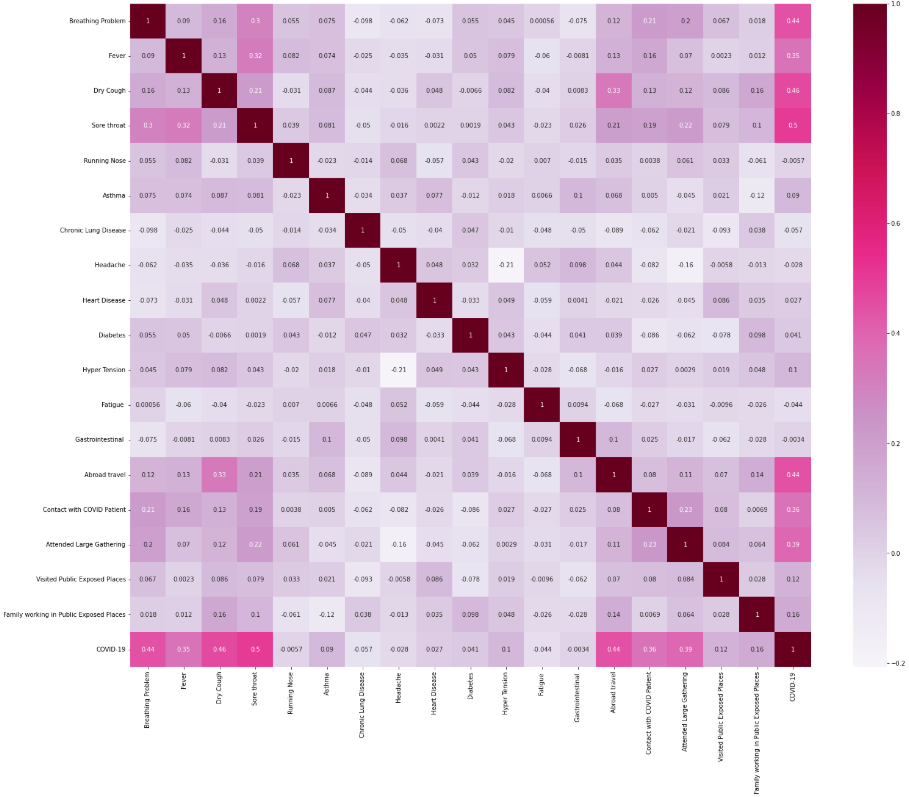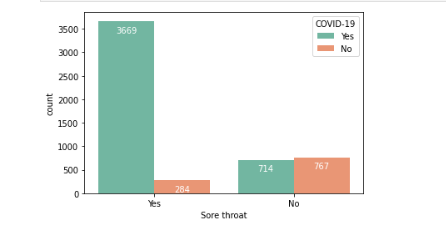Covid-19 Detection Using Machine Learning: Leveraging machine learning algorithms to detect COVID-19 effectively, focusing on early diagnosis to prevent its rapid spread.
Introduction:
- Technological advancements have significantly impacted healthcare, including early diagnosis and prevention of diseases.
- COVID-19 is a highly contagious disease, declared a global epidemic by W.H.O in 2020.
- Early detection is vital to contain its spread and reduce fatalities.
- This project uses available COVID-19 data to build a predictive system based on machine learning algorithms.
Background:
- COVID-19 originated in Wuhan, China, in December 2019 and was declared a public health emergency by W.H.O in early 2020.
- The virus spreads via the respiratory tract through contact with an infected person.
- Common symptoms include dry cough, fatigue, and fever, with severe cases experiencing dyspnea and complications.
- High-risk groups include individuals with asthma, diabetes, and heart diseases.
Objective:
- Compare the accuracies of machine learning algorithms like K-nearest neighbors, Random Forest, and Naive Bayes.
- Develop a system that predicts COVID-19 presence based on the best-performing algorithm.
Project Highlights:
- Data Utilization: COVID-19 datasets processed through machine learning techniques.
- Algorithms Compared: K-nearest neighbors, Random Forest, and Naive Bayes.
- Final Model: The algorithm with the highest accuracy was selected for deployment.


